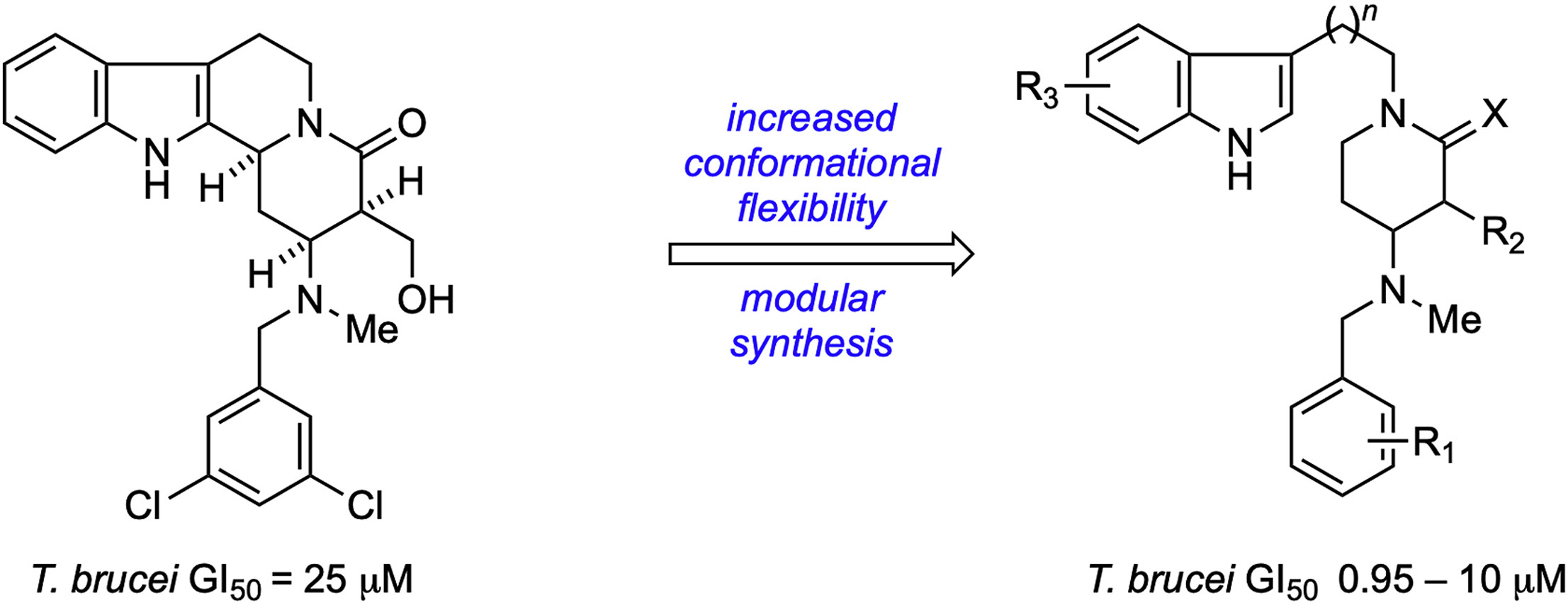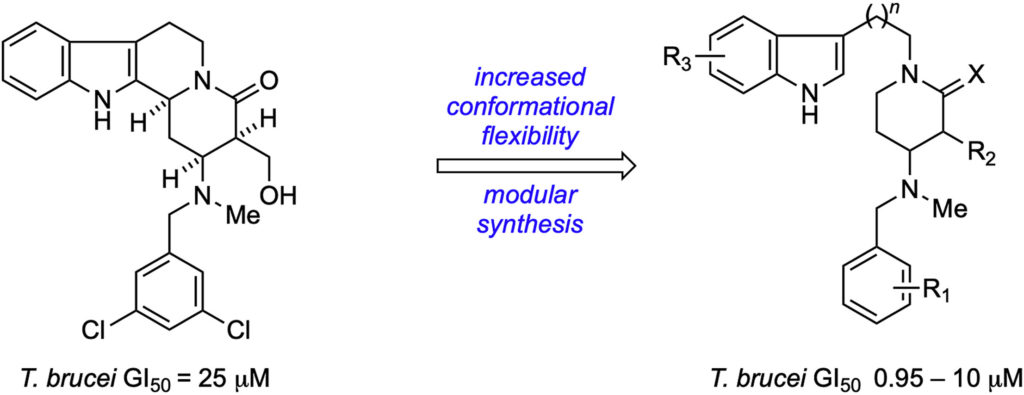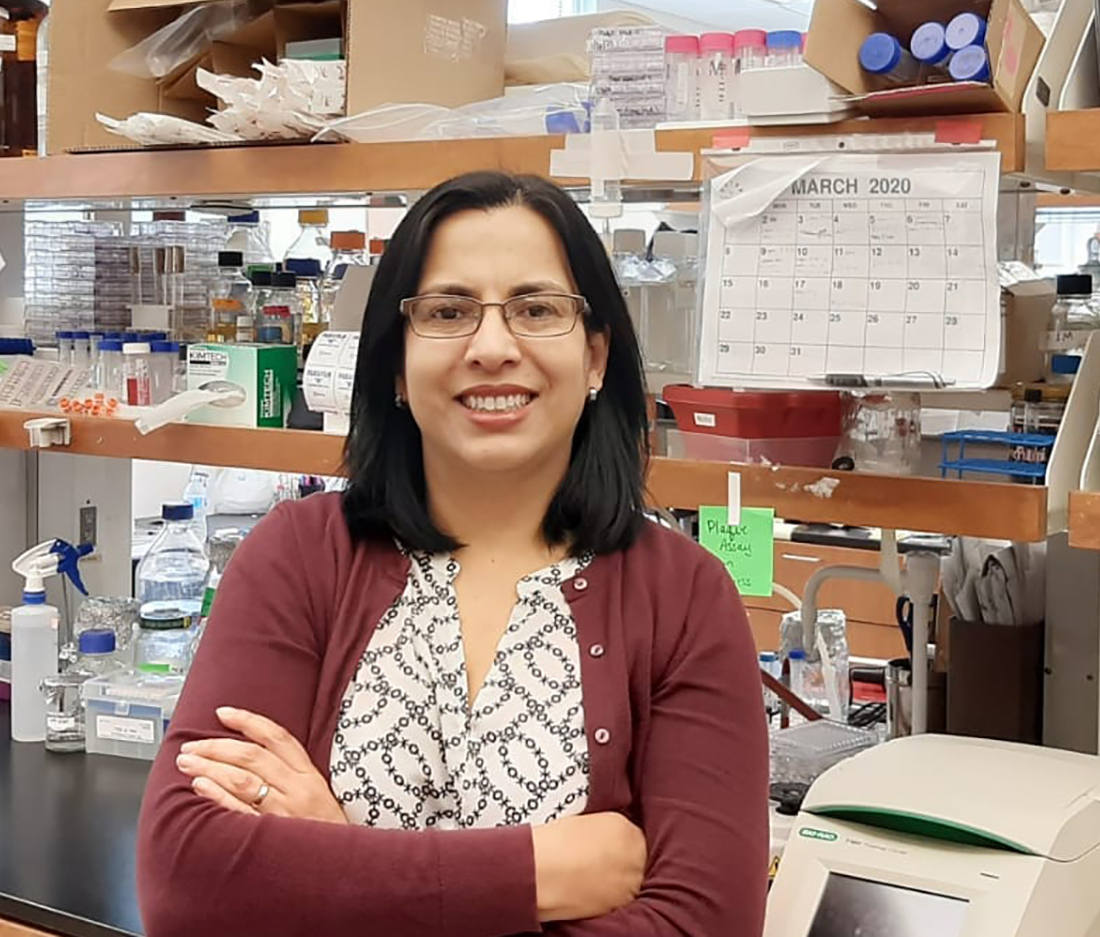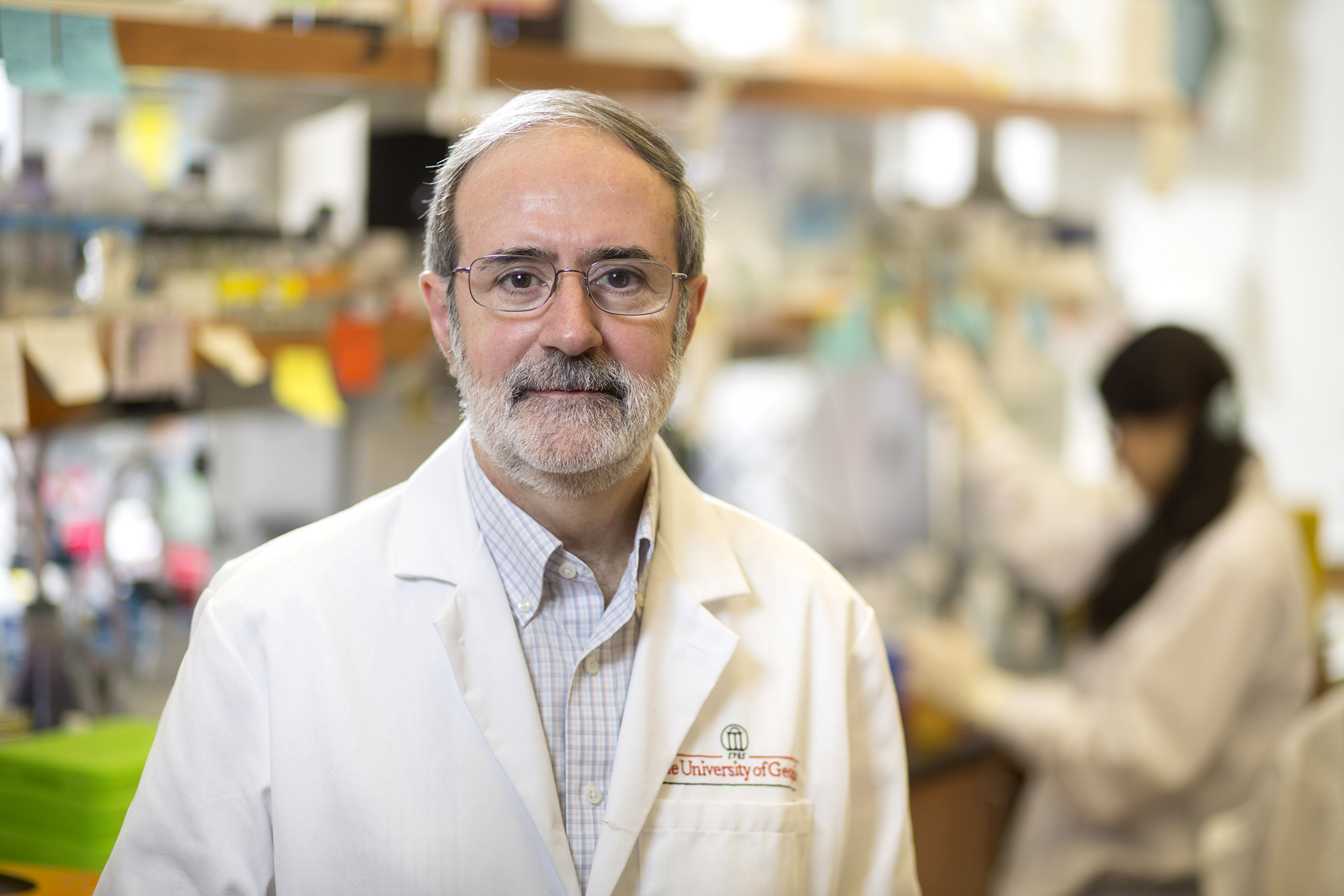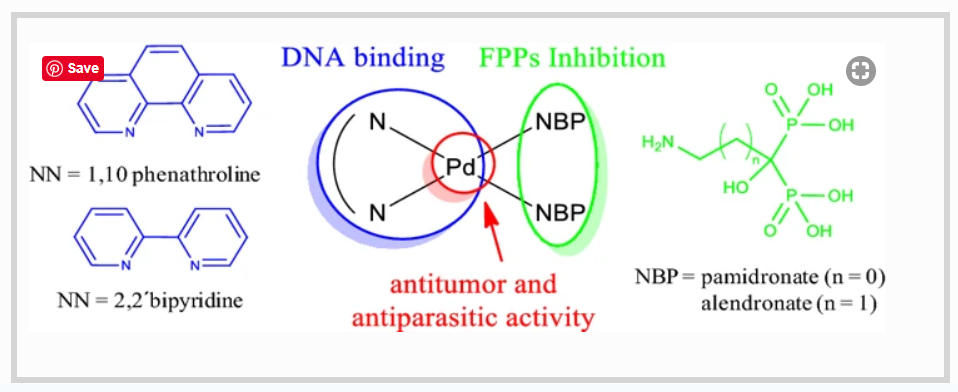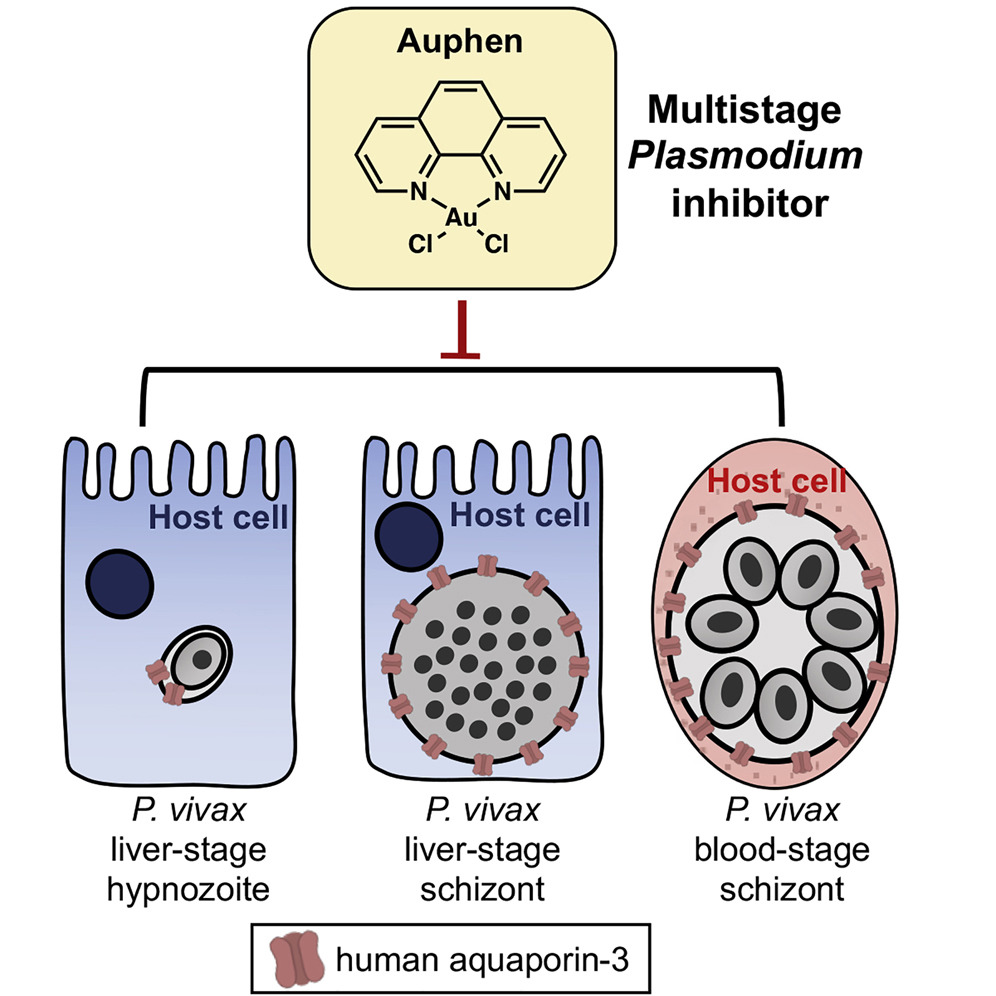Design, Synthesis, and Evaluation of Novel Anti-Trypanosomal Compounds
Human African trypanosomiasis (HAT) is a deadly neglected tropical disease caused by the protozoan parasite Trypanosoma brucei. During the course of screening a collection of diverse nitrogenous heterocycles, we discovered two novel compounds that contain the tetracyclic core of the Yohimbine and Corynanthe alkaloids, were potent inhibitors of T. brucei proliferation and T. brucei methionyl-tRNA synthetase (TbMetRS) activity. Inspired by these key findings, we prepared several novel series of hydroxyalkyl δ-lactam, δ-lactam, and piperidine analogs and tested their anti-trypanosomal activity. A number of inhibitors are more potent against T. brucei than these initial hits with one hydroxyalkyl δ-lactam derivative being 25-fold more effective in our assay. Surprisingly, most of these active compounds failed to inhibit TbMetRS. This work underscores the importance of verifying, irrespective of close structural similarities, that new compounds designed from a lead with a known biological target engage the putative binding site.
Lance T. Lepovitz, Alan R. Meis, Sarah M. Thomas, Justin Wiedeman, Alexandra Pham, Kojo Mensa-Wilmot, Stephen F. Martin. Tetrahedron. 2020 Apr 17;76(16). pii: 131086. doi: 10.1016/j.tet.2020.131086

